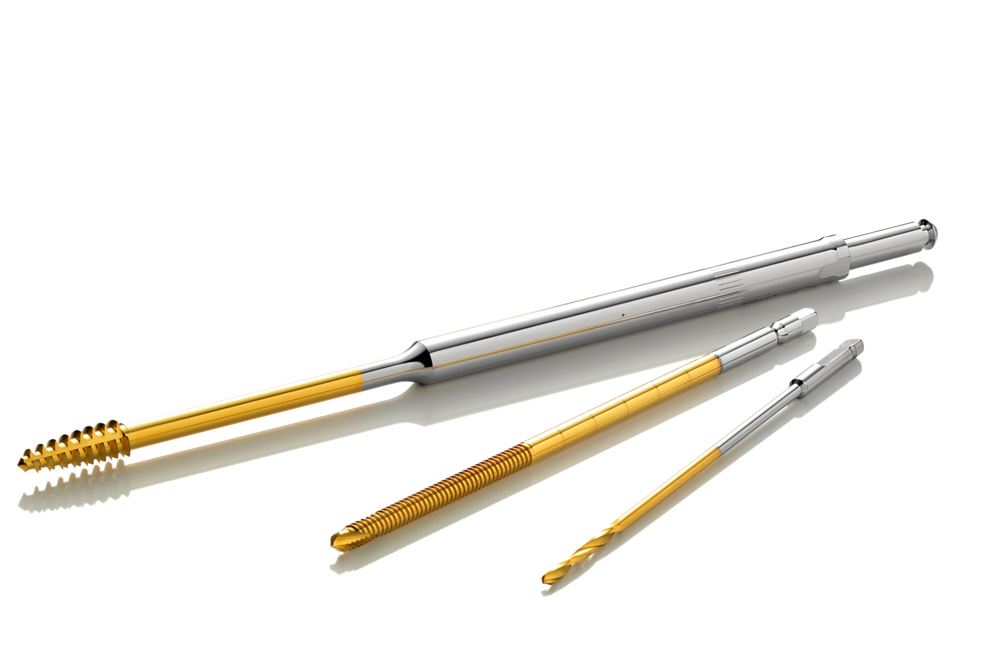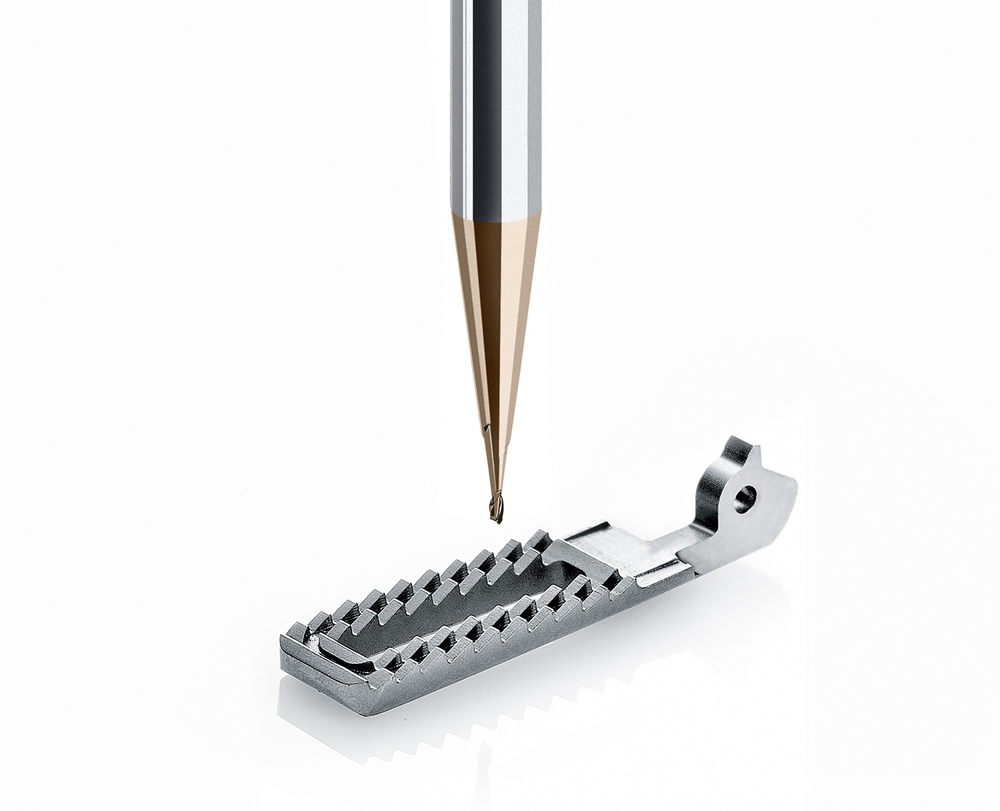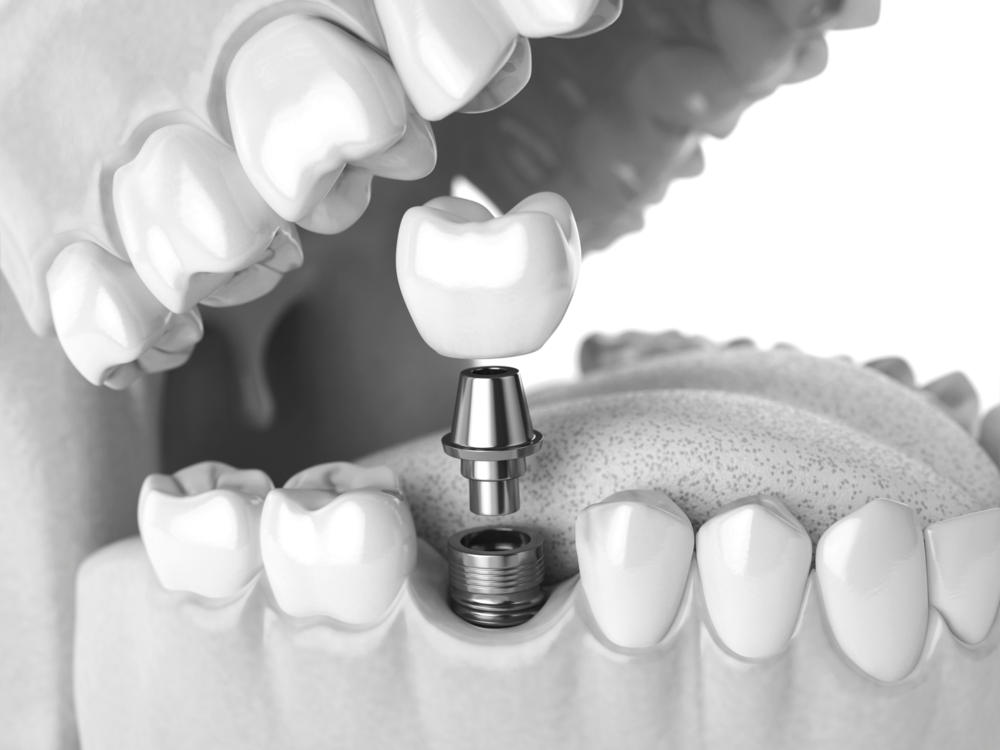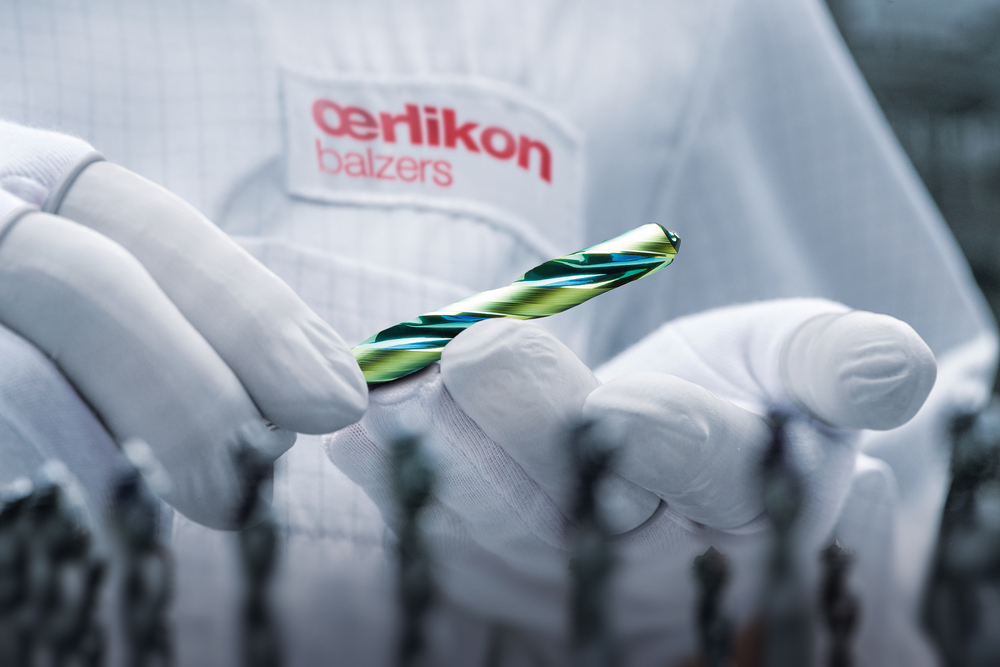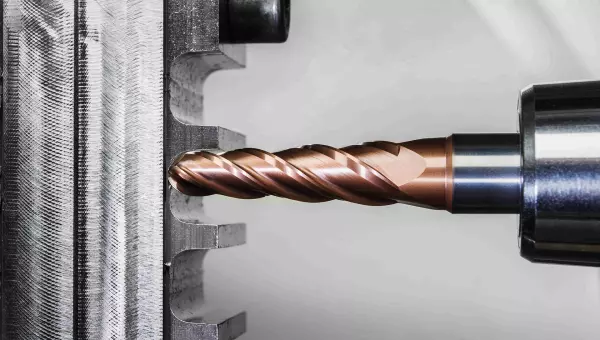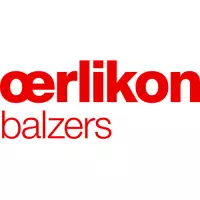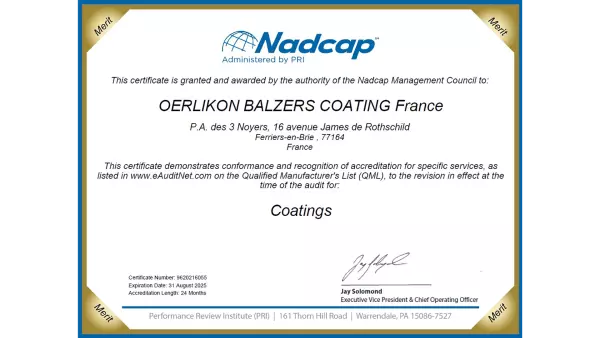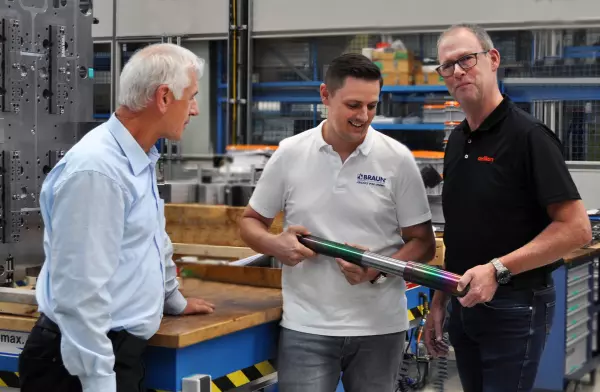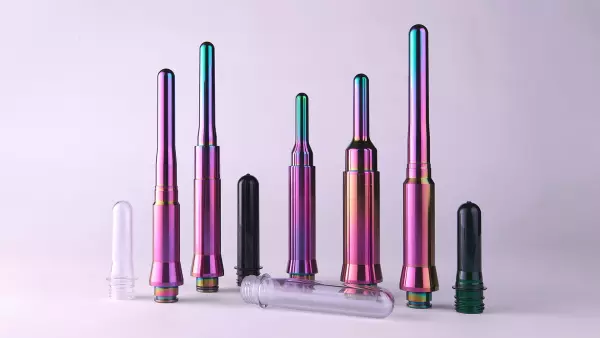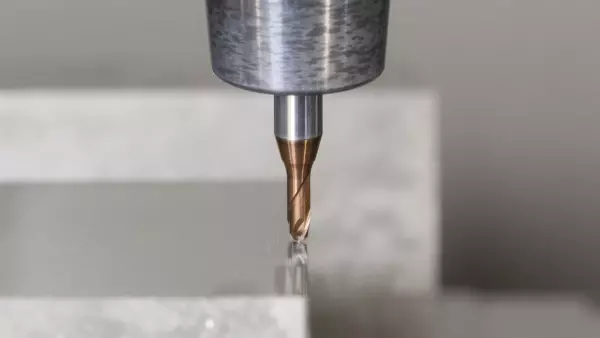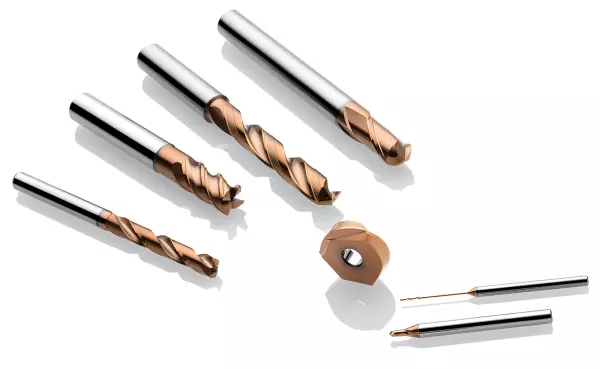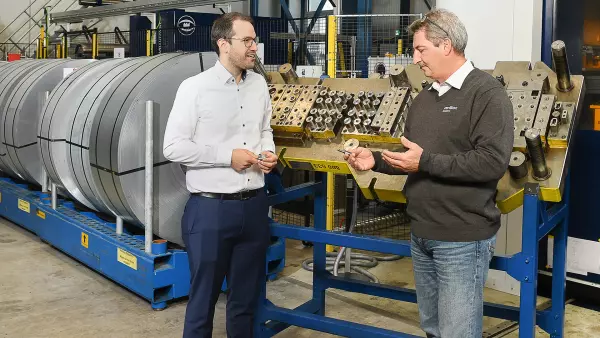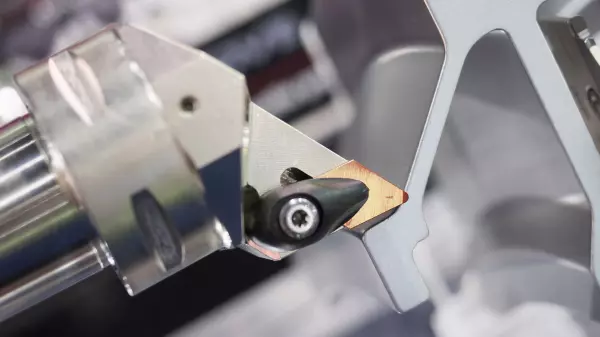The complex cutting edge rounding of gear cutting tools concerns manufacturers, grinders, coaters as well as end customers. The coating specialist Oerlikon Balzers gives recommendations for optimal interaction and also offers solutions in this area.
Demanding applications such as power skiving require very precise tools with tight tolerances. Factors such as substrate selection, grinding strategy, geometry and surface quality influence the optimal edge rounding. You also decide on thermomechanics and tribology when cutting, on chip and wear behavior and, ultimately, on service life and production quality. The respective process for edge preparation also has an influence, which usually affects not only the edge but the entire tool.
It gets special when it comes to cutting edge radius. Depending on the application, its specific dimensions depend on the material, cutting data, cutting material and the stability of the machine. It is not only about the size of the radius, but also about the (a) symmetrical shape of the rounding, the so-called K-factor. It shows how a cutting edge inclines towards the rake face or the flank face.
Measure the edge radius correctlyFor appropriate measurements it is important to know: Do you measure before or after coating? Because layers increase the radius. Depending on the coating process, for physical reasons, a slightly increased layer thickness can also arise at the strongest curvature of a cutting edge. The measuring point also plays a role: the radius at the head of the cutting edge is larger than at the foot. In addition, tactile methods measure differently than optical ones. Measurements must therefore always follow the same procedural criteria in order to be comparable.
"Against this background, all partners involved - tool manufacturers, grinders, coaters and end users - should exchange ideas well," advises Alexander Schindler, Segment Manager Gear Cutting Tools at Oerlikon Balzers Germany. An optimal result requires all tool and component specifications including target values and measurement information for the respective application. However, an edge rounding can only ever be as good as the previous tool condition. Grinding errors, excessively large burrs and roughness can no longer be compensated for.
With wet blasting for performance-enhancing edge preparationPVD coatings such as BALINIT® ALTENSA and BALINIT® ALCRONA PRO guarantee the economical production of gears and gear components. The defined edge preparation can further increase the economic advantages of these coatings. For small-module gear cutting tools with filigree contours, PVD coatings such as BALIQ® ALCRONOS are suitable. The advanced S3p coating technology from Oerlikon Balzers, which creates more homogeneous layer thicknesses with an exact representation of the cutting edges, reduces the physical effect of the increased layer thicknesses and thus rounded edges on the cutting edges.
Oerlikon Balzers also offers the wet blasting of tools on a newly developed system, which enables the cutting edges of hob cutters to be prepared with a K factor of 1 or greater. Depending on the application, this resulted in an increase in service life of over 15 percent, with a well-known gear manufacturer of up to 50 percent. "We run tests with several customers, check the results with the most modern measuring technology and can say that the tools treated deliver constant improvements, which means that process reliability increases significantly," says Alexander Schindler. The wet blast service is offered for individual and series tools for toothing.
To the original article

